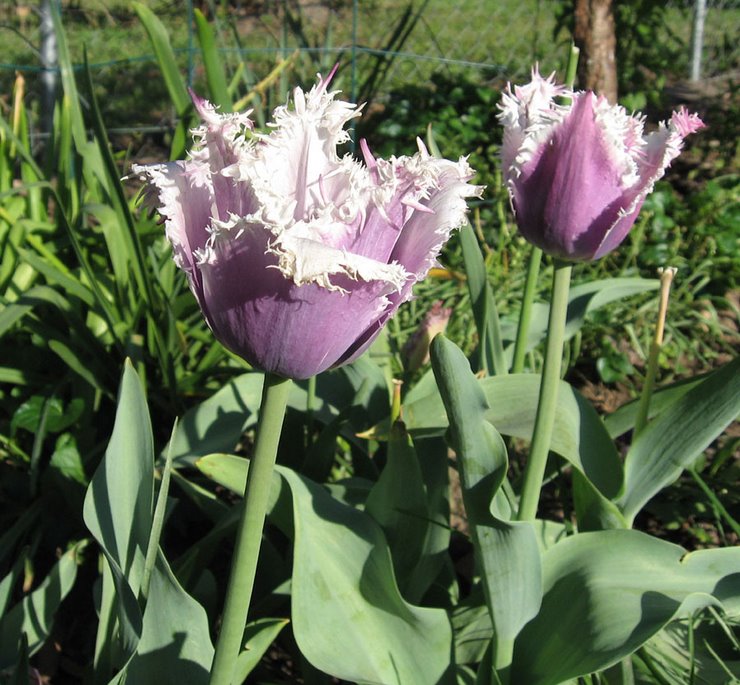Don't forget as temperatures moderate, that fall is the best time to plant not only spring-blooming bulbs, but also shrubs, perennials and most trees. By planting in the fall, you give the plants three seasons to establish a good root system before summer's heat. Do go ahead now; it's best not to plant after the end of October. You want to give the plant time to establish some roots before winter hits.
If planting trees in the fall, choose burlap-wrapped or potted trees, not bare-root. Bare-root trees should only be planted in late winter or early spring while they are still dormant. Also, certain species are more susceptible to winter damage. Magnolia, dogwood, tuliptree, sweet gum, red maple, birch, hawthorn, poplars, cherries, plum and many of the oaks are among the plants would do better with spring planting.
An important step in planting is digging a good hole. Make it as deep as the root ball, but about three times as wide. That will allow your plant to spread its new root growth widely to become established as quickly as possible. Don't make the hole deeper than the root ball. Most of the new roots will develop in the top area of the soil. In fact, planting too deep can slow root development.
When planting, I mix the original soil with compost. Then fill about a third of the hole around the plant, and tamp down to eliminate any air pockets, which will dry out roots. Water to settle the soil. Then fill the hole up further, a few inches at a time, and water again. Don't fertilize at the time of planting.
As you remove the pot or burlap around the plant's roots, check for roots that have grown in a circle around the root ball. These circling roots should be cut or removed before planting, or untangle and straighten out across the hole. If the plant has become root-bound, I try to loosen the roots up
After planting, be sure to water plants as needed so that they get a total of one inch of water per week up until the time the ground freezes. Do this even if deciduous plants have lost their leaves. I create a "saucer" around the plant by making a ridge of soil about two inches high, to hold water in until it can soak into the ground.
If you have planted young trees, plan to wrap the trunks in November to protect them from frost cracks or animal damage over the winter. Just unwrap them again in March.
The alternate freezing and thawing of the ground that occurs in winter may heave shallow-rooted plants out of the ground. You can help prevent this by putting a two to four inch layer of mulch around the plant after the ground freezes. Use compost, shredded bark, or straw. Don't have the mulch right up against the trunk of the plant, as it may encourage decay problems or insects or small rodents to damage the plant. I usually plan to do this in early December so that the ground is frozen before spreading the mulch.
Take advantage of mild weather to plant, and get a jump-start on your garden for next year.

No comments:
Post a Comment